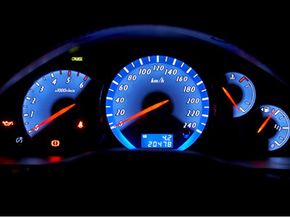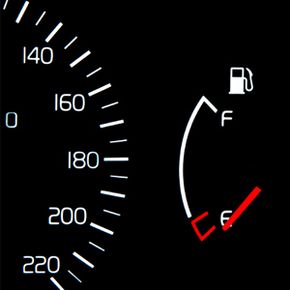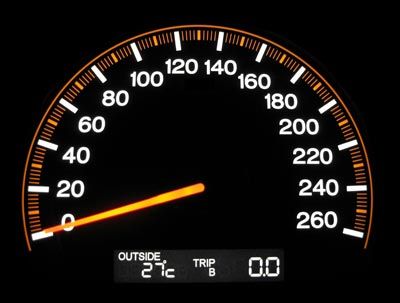Navigating the indicators on your car's dashboard can sometimes feel like deciphering an ancient script. Among these, some symbols are more critical than others, directly relating to your vehicle's safety and operational integrity. Here, we delve into the meanings behind a few essential dashboard warning lights.
Engine Warning Light
The engine warning light, often referred to as the check engine light, is a multifaceted symbol representing a range of potential issues, from a loose gas cap to a more severe engine malfunction. Its activation suggests that your vehicle's onboard diagnostics system has detected a problem that could affect the engine's efficiency and emissions.
Tire Pressure Warning Light
Part of the tire pressure monitoring system, this symbol warns you when the pressure in one or more of your tires is too low or too high. Driving with incorrect tire pressure can lead to decreased fuel efficiency, increased tire wear, and even tire failure, posing a significant safety risk.
Oil Pressure Warning Light
This critical indicator illuminates when there's a problem with your car's oil pressure system, signaling that the oil pressure is too low. Low oil pressure can cause severe damage to your engine due to inadequate lubrication, highlighting the urgency of addressing this issue promptly.
Brake Warning Light
The brake warning light alerts you to several potential issues related to your vehicle's braking system. It may indicate that the parking brake is engaged, there's a significant drop in the brake fluid level, or there's a problem with the anti-lock brake system (ABS). Ensuring your brakes are functioning correctly is paramount for safe driving.
Temperature Warning Light
An increase in your engine's temperature beyond the optimal range triggers the temperature warning light. This could signify a malfunction within the cooling system, such as a leak or a failed thermostat, which, if not addressed, could lead to engine overheating and possible engine damage.
Battery Alert Light
When the battery alert light comes on, it indicates issues with your vehicle's electrical charging system. It doesn't necessarily mean the battery itself is failing, but rather that the system charging the battery (like the alternator) might not be functioning correctly, which could lead to a loss of power.
Regular maintenance and prompt attention to these indicators can help ensure your vehicle remains in good working condition, reducing the risk of breakdowns and costly repairs. Always consult your vehicle's owner manual for specific information and guidance related to these dashboard symbols and what steps to take when they illuminate.





